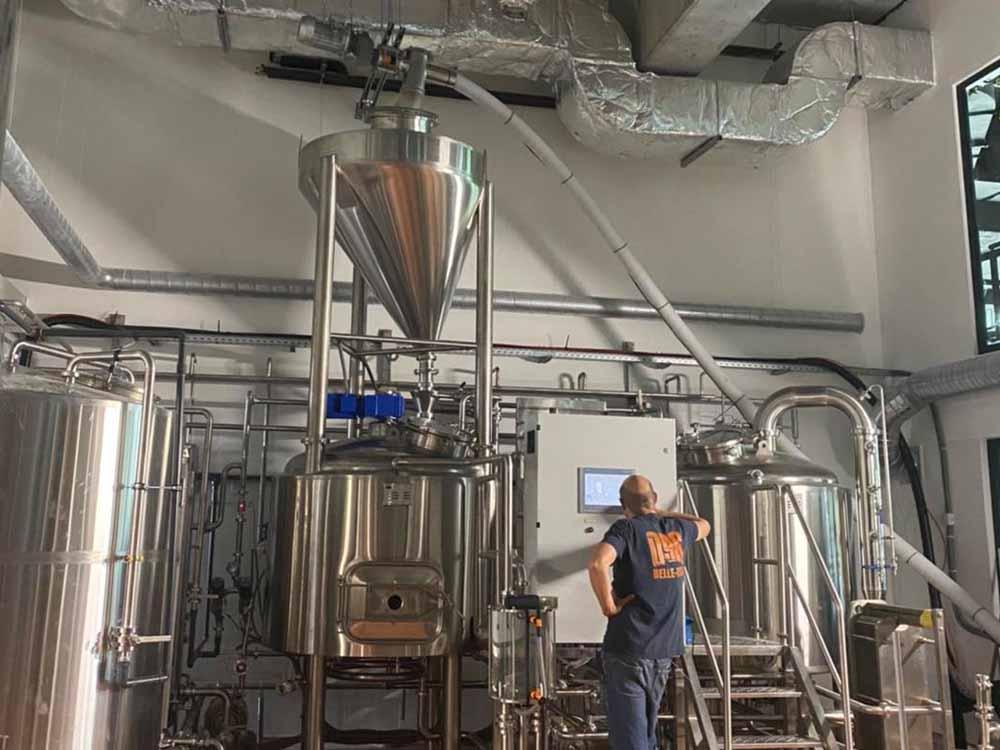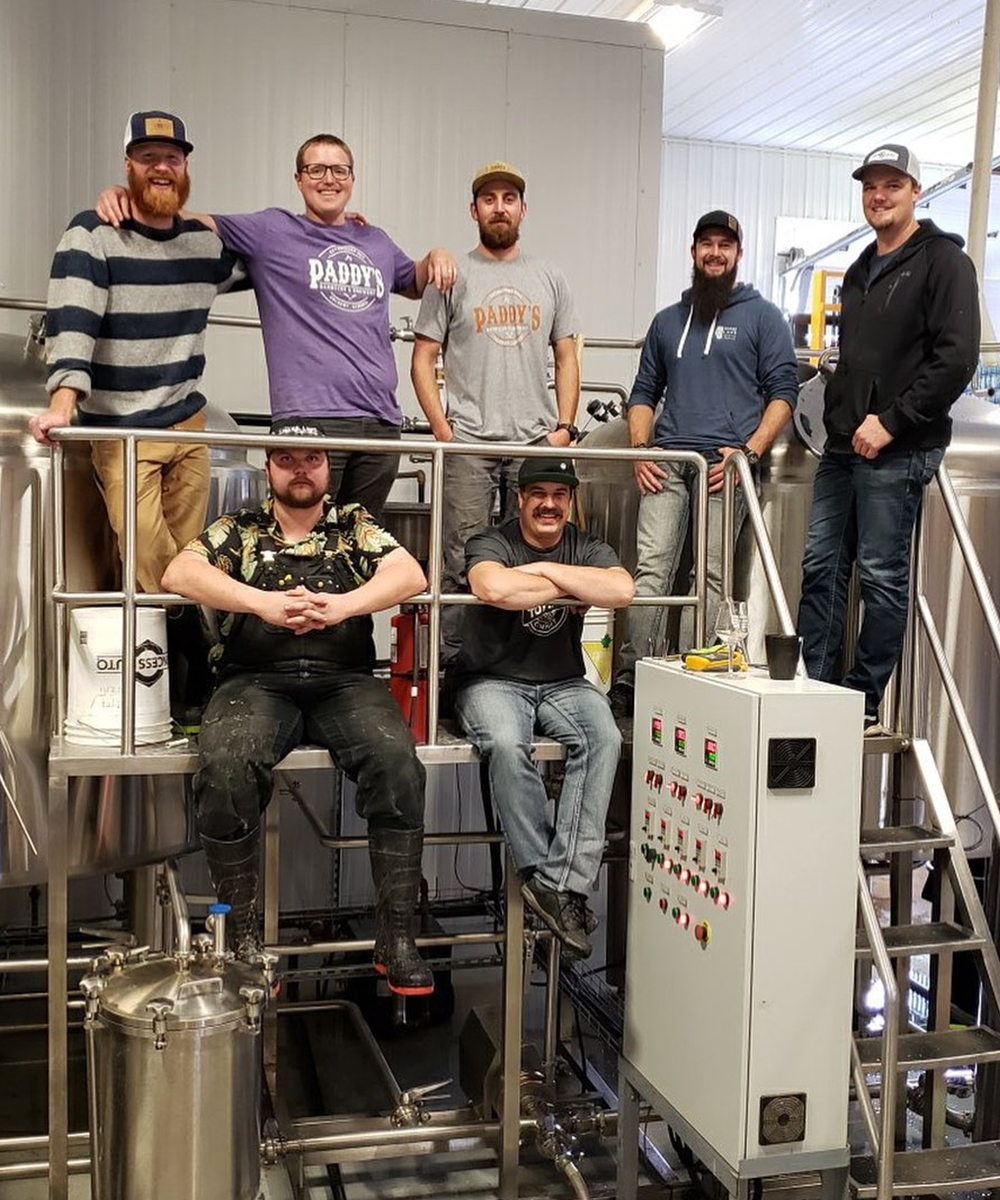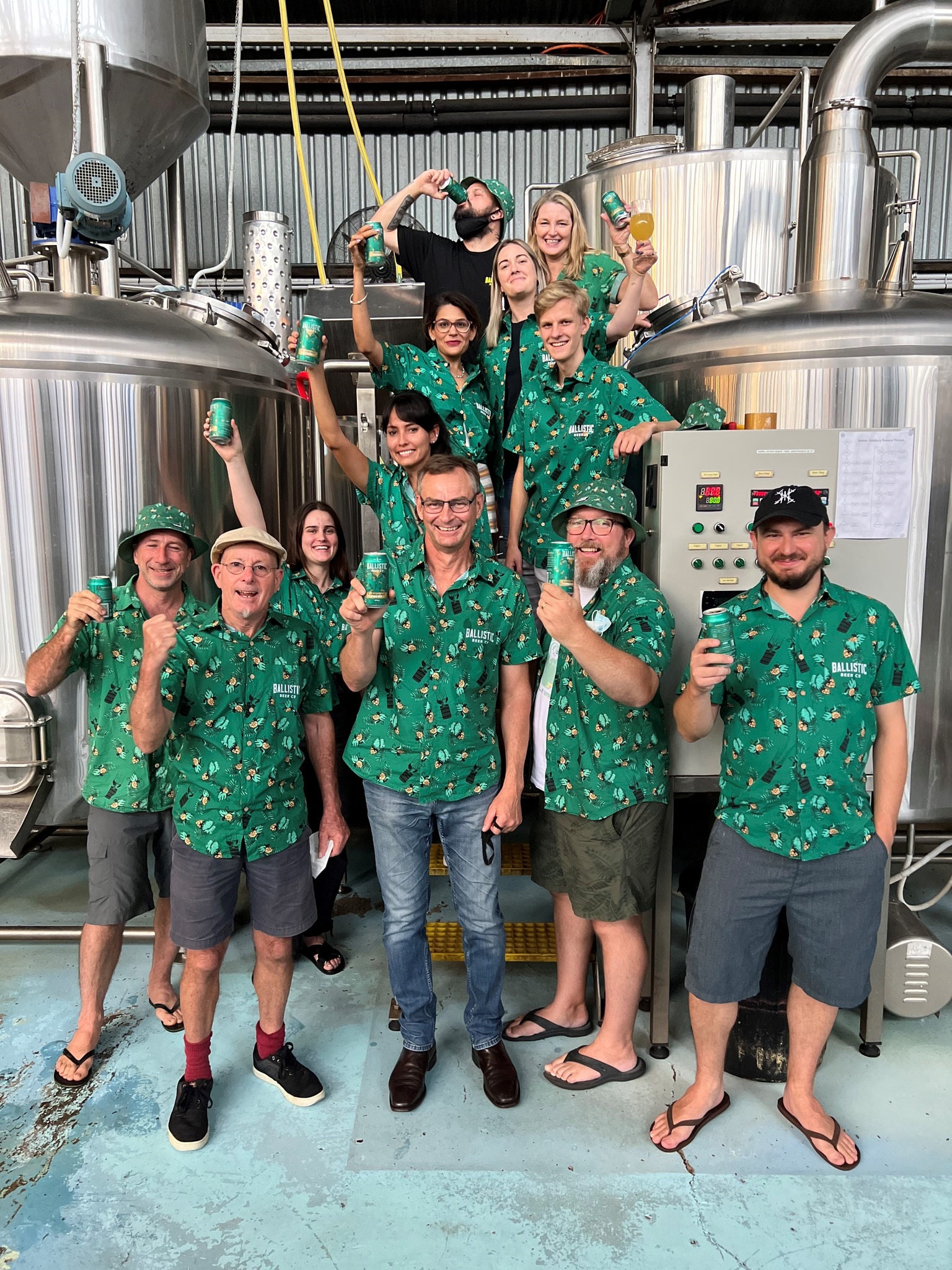
Beer is one of the most popular drinks in the world. Craft beer has become increasingly popular in recent years. With so many types and styles of beer available, each bottle must be packaged and presented in a way that showcases the drinker’s experience.
The brewing process leaves behind a lot of sediment and many other unwanted by-products, such as yeast, tannins and proteins in the beer. Therefore, it is important to filter your beer before bottling or packaging it. Filtration helps remove unwanted particles from your beer, giving it a clear and bright appearance. It also helps improve the flavor and shelf life of your beer, helping you avoid any off-flavors in the final product.
The first step in packaging beer is bottling it. Bottled beer is very simple to make. First, the beer is transferred from the brewing vessel to the storage tank. From there, it is pumped into bottles. Once the bottle is filled, it is capped and placed on a conveyor belt that takes it through the rinser. The rinser removes dust or debris from the outside of the bottle before sealing.
Beer Glass Bottling
Most beer bottles are made of brown, green, or clear glass. All three colors emit light, although brown emits much less light than the other two colors. Unpleasant odors and flavors are caused by UV rays shining on certain molecules in the beer, a process that can happen very easily. Therefore, the bottle packaging and/or labeling needs to prevent light penetration. A well-sealed bottle will do a good job of protecting your beer from the effects of oxygen over the long term.
Beer Canning
Beer cans offer the same protection as kegs. And, since they only contain single servings, there is no need to install a pressure system. One complaint we often hear about beer cans is that the beer they contain has a metallic taste.
Beer Pasteurization
No discussion of beer packaging would be complete without mentioning pasteurization. The process is designed to kill any living microorganisms in beer, including yeast, and is used by some brewers to sterilize and stabilize their products. Both pasteurized and unpasteurized beer is sold in bottles, kegs and cans.
Once the beer is filtered and packaged, it's ready to be shipped and enjoyed. However, before you can enjoy your beer, it needs to go through a process called carbonation. Carbonation gives beer its fizzy, fizzy texture.
Any beer is available in bottles, kegs or cans. For homebrewers, bottling is the easiest since all it requires is a capper and time. The brewery forces carbonation so no sugar is needed. For breweries and homebrewers supplying CO2 gas, kegging is the easiest method.
Still have a problem on choosing the brewery equipment? We can help with your final decision. If you are looking for a turnkey solution for craft beer brewing system, please contact us. We are looking forward to working with you. Send an email now: [email protected]










Get A Quote